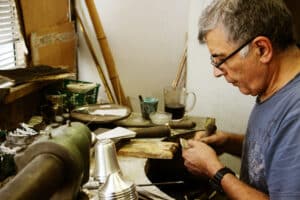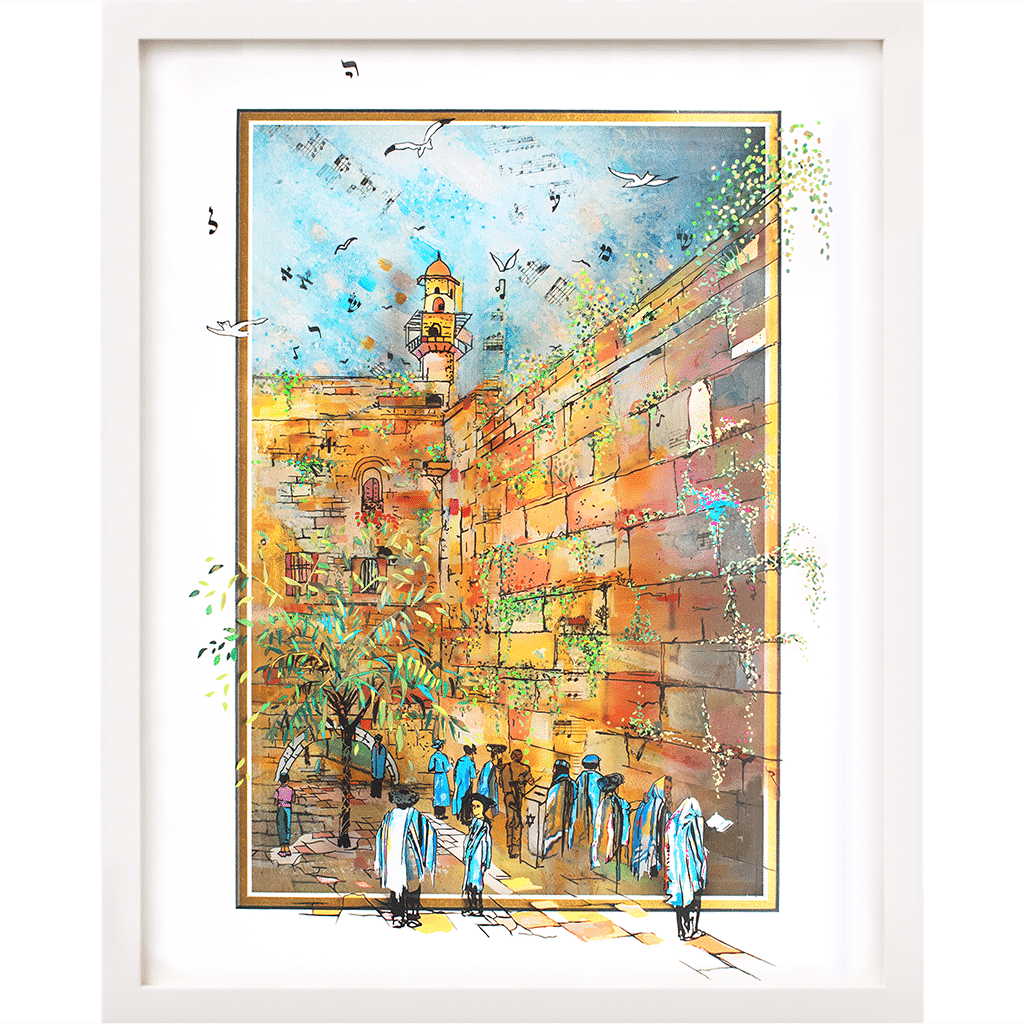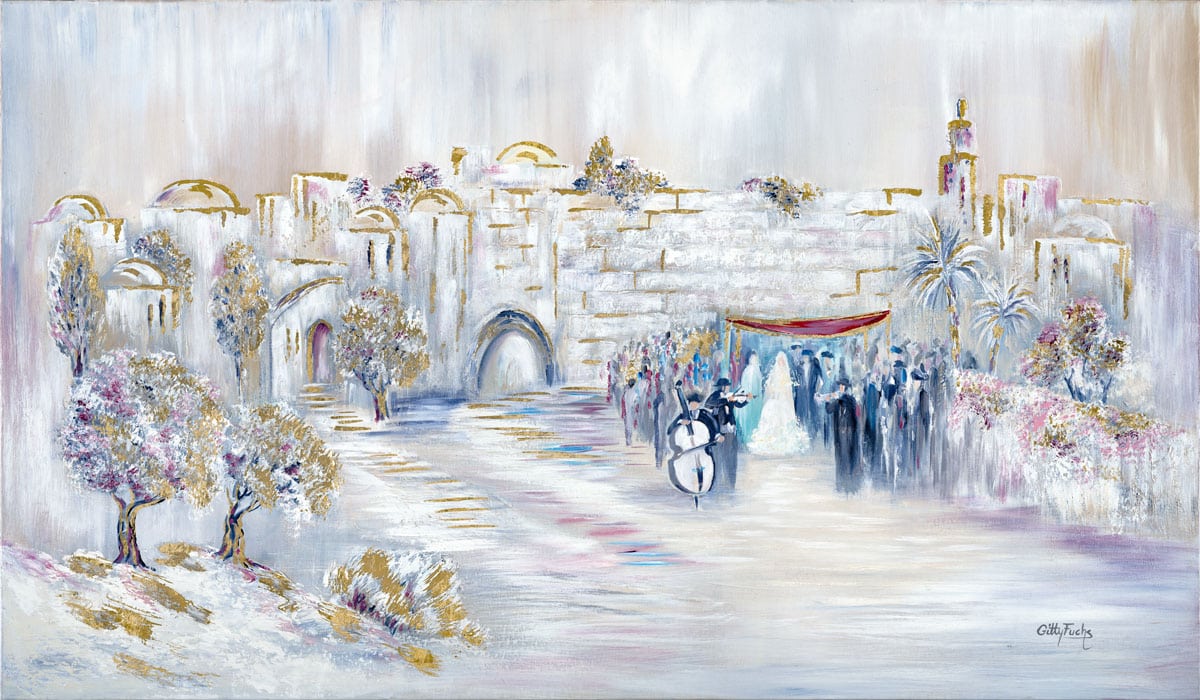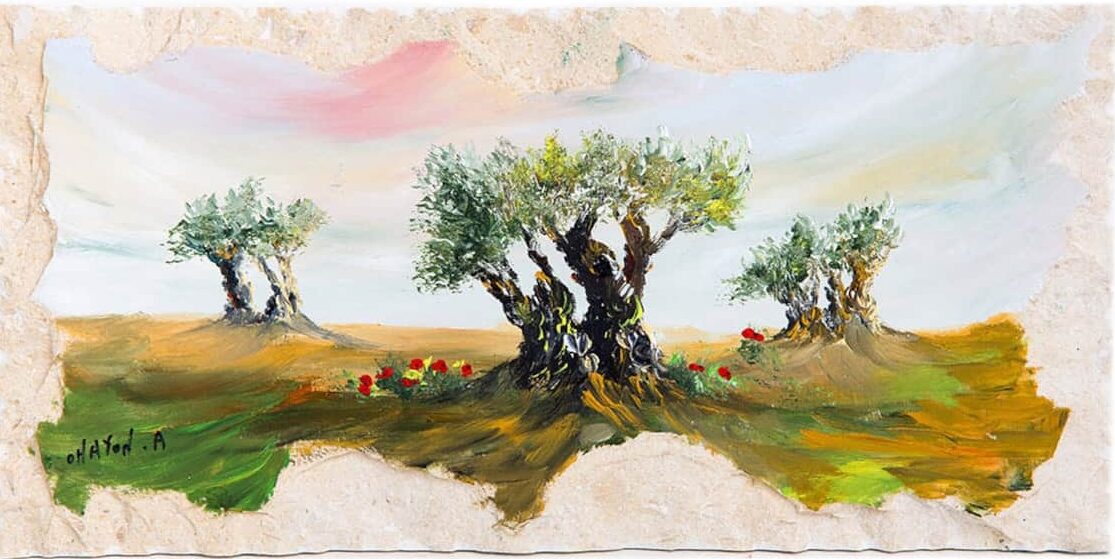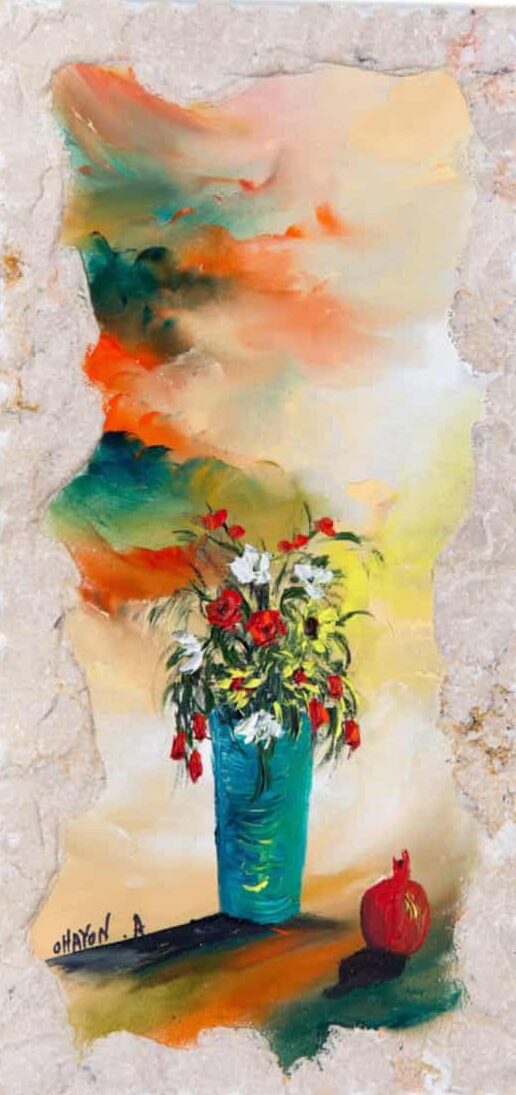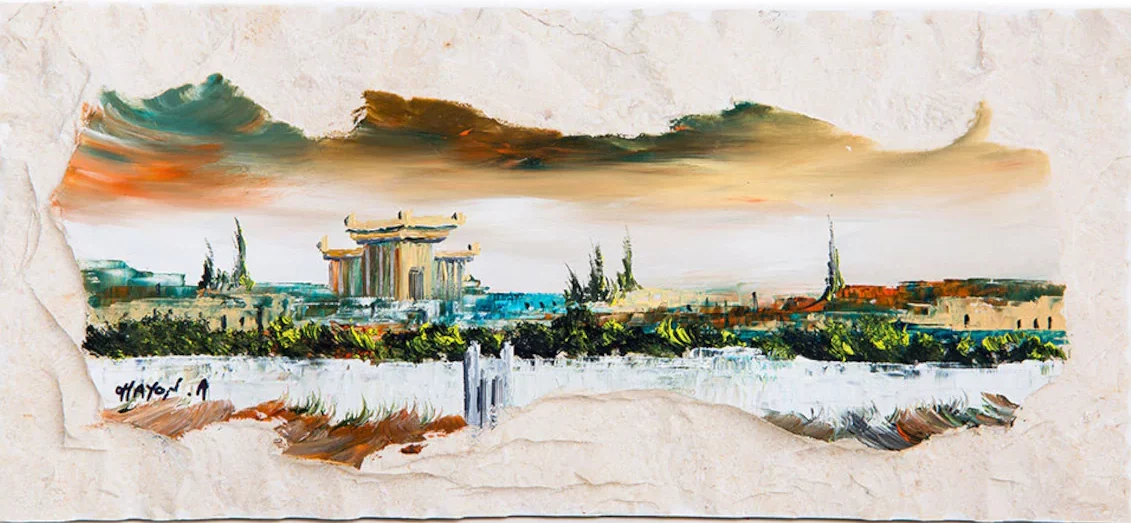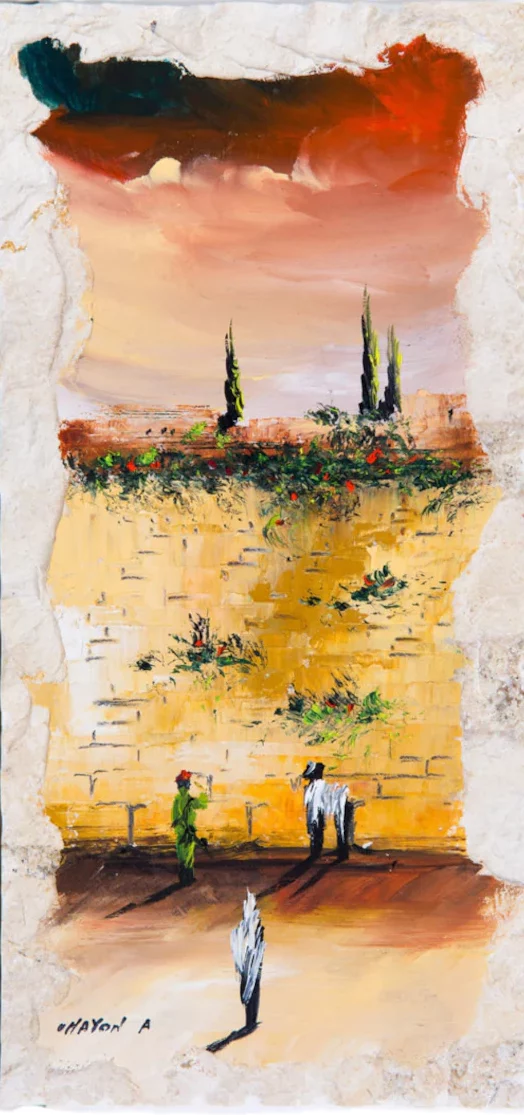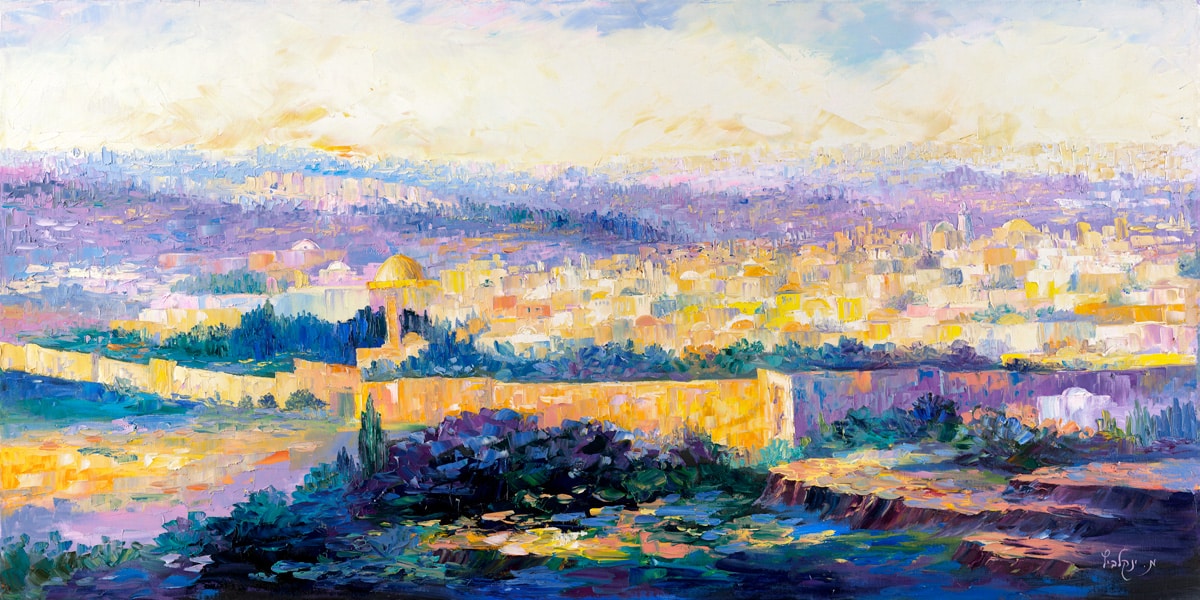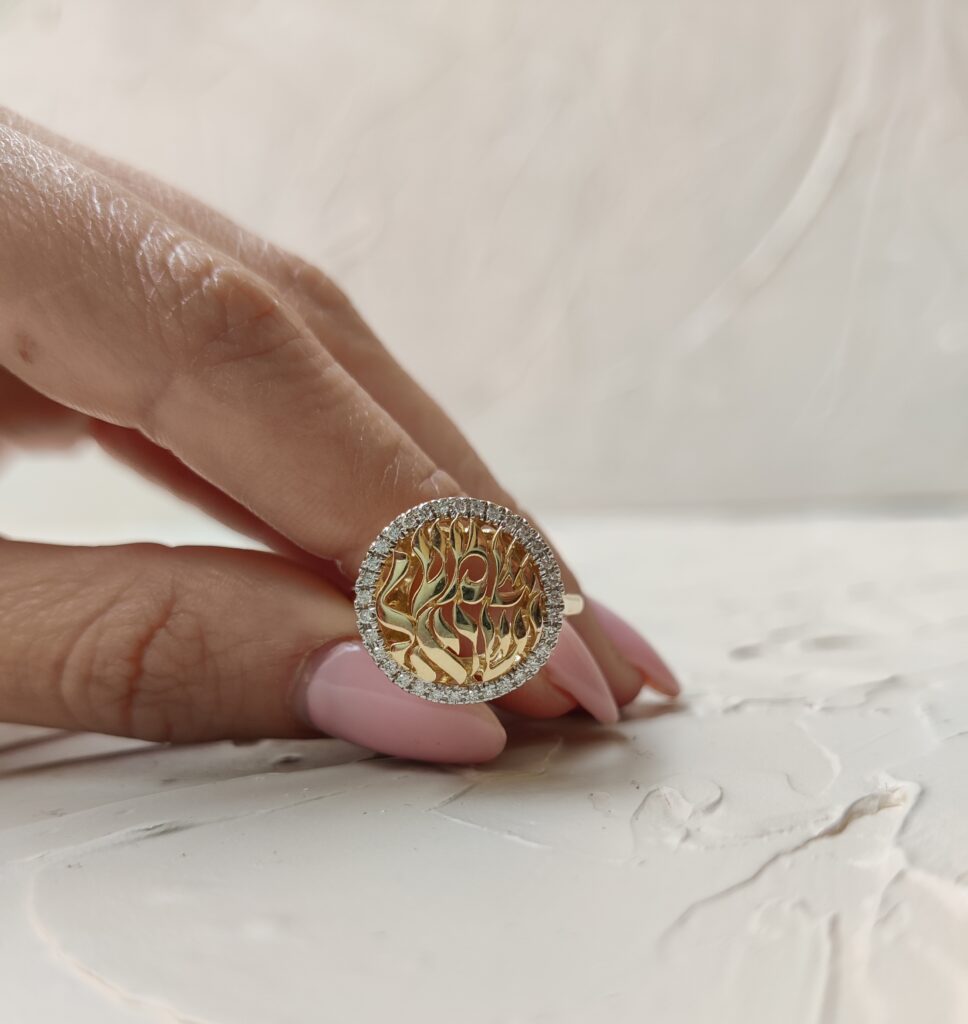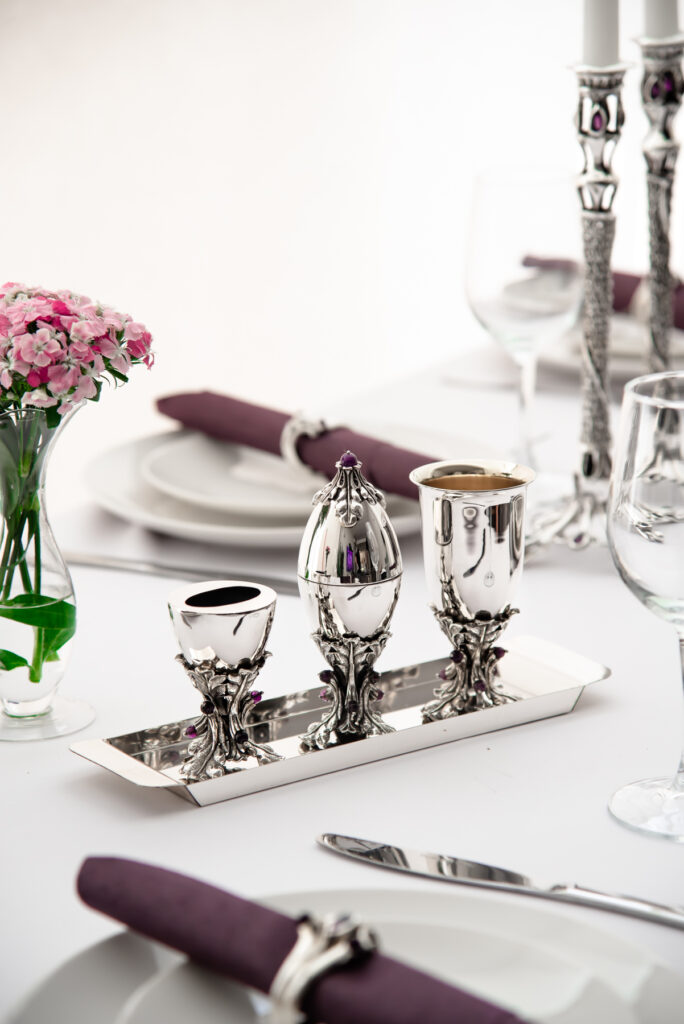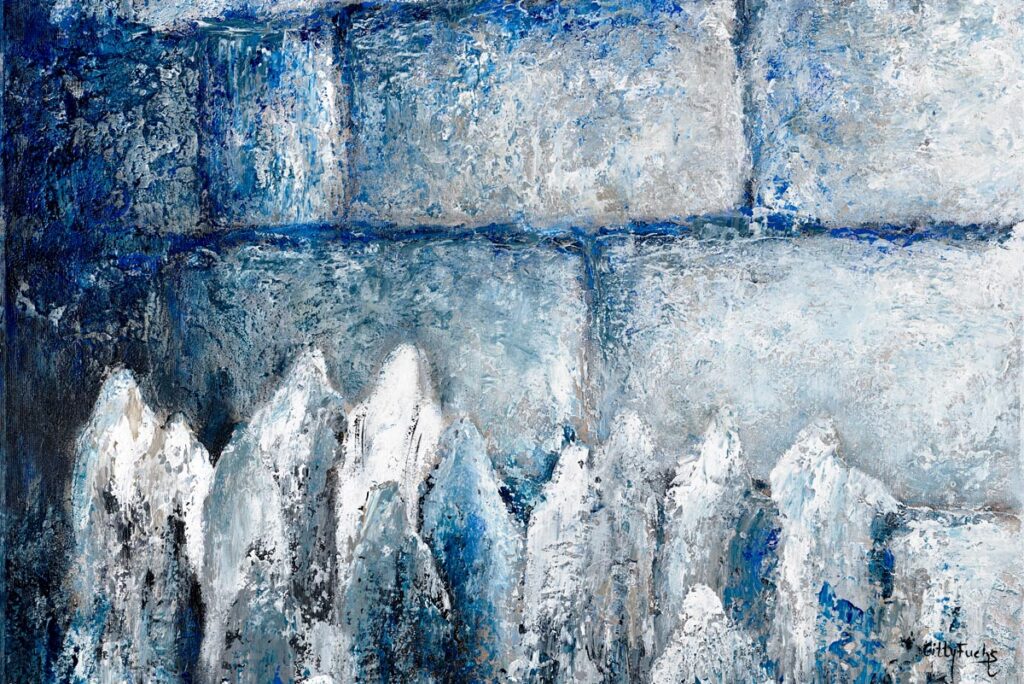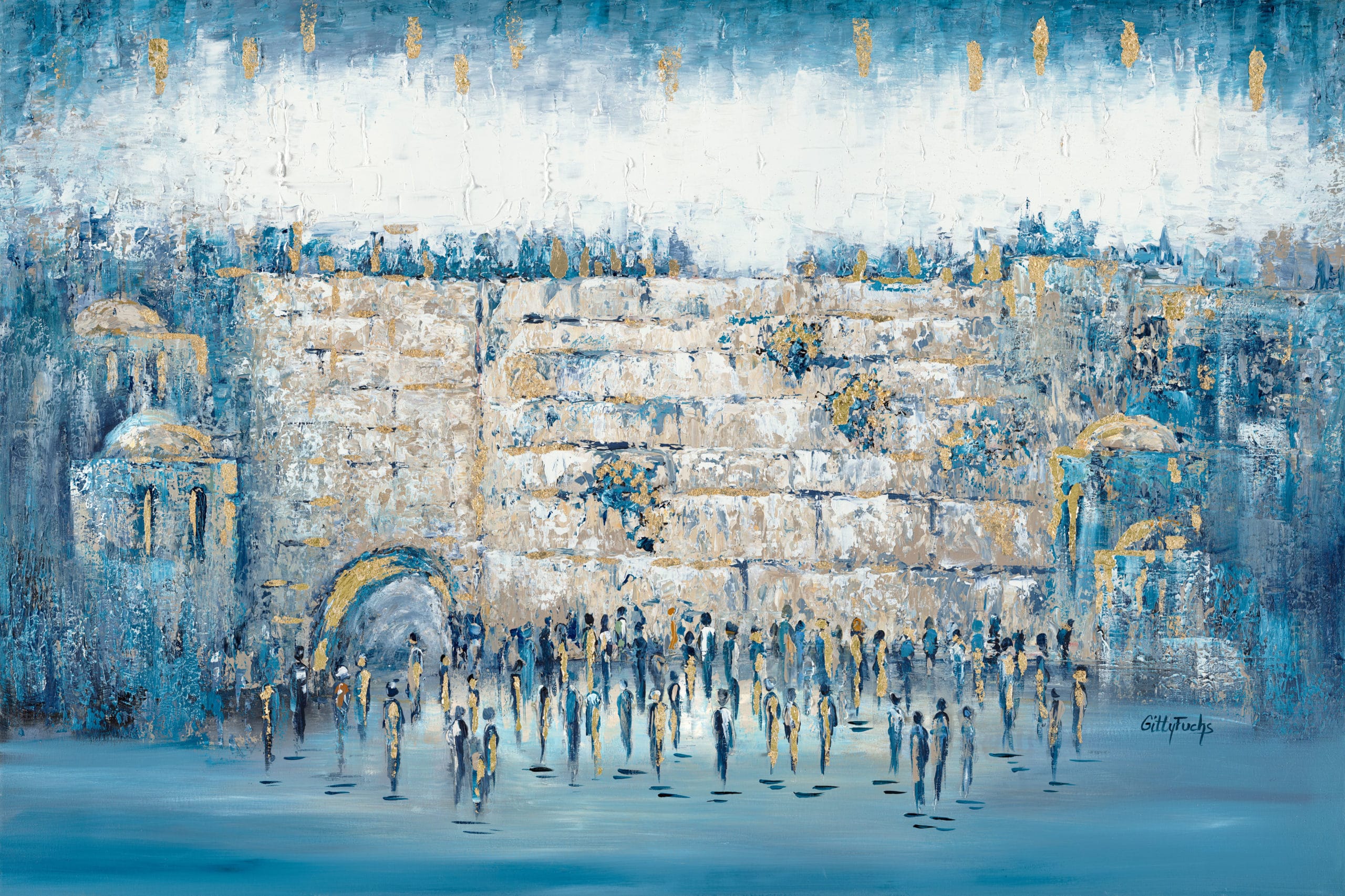
Jewish paintings and art are not sufficiently well known, even within the art world itself. Jewish art is a niche interest that only occasionally gets wider attention. Gustav Bauerfeind’s oil painting The Wailing Wall sold for €4.5 million at Sotheby’s in 2007. His 19th century depiction of the Port of Jaffa sold at auction in Cologne for €1.51million. Jewish artists and painters continue to create some outstanding works of art – and deserve far more international recognition!
10 Famous Jewish Painters
- Marc Chagall – Post modernist
- Gustav Bauerfeind – Orientalist
- Isidor Kaufman – Hasidic and Jewish themes
- Max Lieberman – Impressionist
- Maurice Lewis – Abstract expressionist
- Ida Apelbroog – Post modernist
- Amadeo Modigliani – Modernist portraits and sculpture
- Jules Pascin – Modernist
- Jim Dine – Pop art
- Mark Rothko – Post modernist
Jewish Painter – Frida Kahlo
One of the best-known Jewish painters was Frida Kahlo. She was born in Mexico and abandoned a promising medical career to become a full time painter. The impetus for her career change was a crippling accident and much of her work explored themes of suffering and pain. Kahlo was noted for her bold use of color, exploration of indiginous Mexican culture in her art, and the blending of realism and symbolism. A number of film directors explored her unconventional and tragic life. In 2002 she was portrayed by Salma Hayek in the acclaimed film Frida.
Where can I Sell Jewish Art?
If you want to sell an original item of Jewish Art by a well-known artist, you should seek a professional valuation and then consider selling it at an auction. If you set a realistic reserve price, you probably won’t be disappointed. Public auctions can be unpredictable and even good items can flop, but many sellers are pleasantly surprised. Sotheby’s Judaica department has a dedicated specialist Judaica team and organizes an annual sale of important Judaica. They sold a Hebrew Bible from the 9th century for a record $2.9 million.
If you’re an artist and you create high-quality Jewish art, you may be able to sell your work to ICOJ. They are keen to help talented Jewish artists reach a wider international audience and sell their work. The Israel Center Of Judaica already features work from over a dozen of Israel’s best-known, and most promising new artists. The biggest market for Jewish art is currently the United States, followed by the rest of the English-speaking world and Europe.
Most people who have a used item of Jewish art or Judaica simply sell it online. eBay and Craigslist are popular sites. If you’re patient, you can often get a reasonable price for your Jewish art. People sell all year round, but there’s often more buyer interest in the run-up to the big Jewish holidays like Passover (Pesach), Rosh HaShanah (New Year), and Hanukkah. The quality of your listing and the photos you upload will make a big difference.
Artists Who Make Paintings from Jewish Words
The early foundation of Jewish art and culture was determined by the Second Commandment:
“You shall not make yourself a graven image, or any likeness of anything that is in heaven above, or that is in the earth beneath, or that is in the water under the earth,”
(Exodus 20:4; Deuteronomy 5:8)

Contact with Greco-Roman styles led to conflicts between religious zealots who interpreted the Second Commandment literally, and people who were influenced by foreign artistic styles. Many synagogues were decorated with paintings and mosaics exploring Biblical stories and natural themes. The Hellenistic and Roman influences continued, and later generations of Jews in the diaspora were influenced by the artistic styles they encountered.
Modern Jewish art embraces sculpture, portraits, and beautiful depictions of natural themes. It also makes imaginative use of geometric patterns, Hebrew letters, words, and symbols. Artists who make paintings from Jewish words (and sculptures, mosaics, embroidery, and woodwork, etc.) draw on thousands of years of tradition and heritage. These include biblical stories, mystical and Kabbalist traditions, and secular Zionism.
Chai – חי
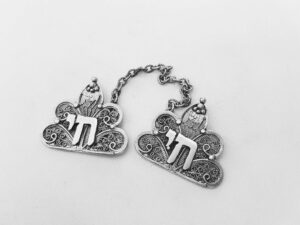
Woman of Valor – אשת חיל

Love – אהבה
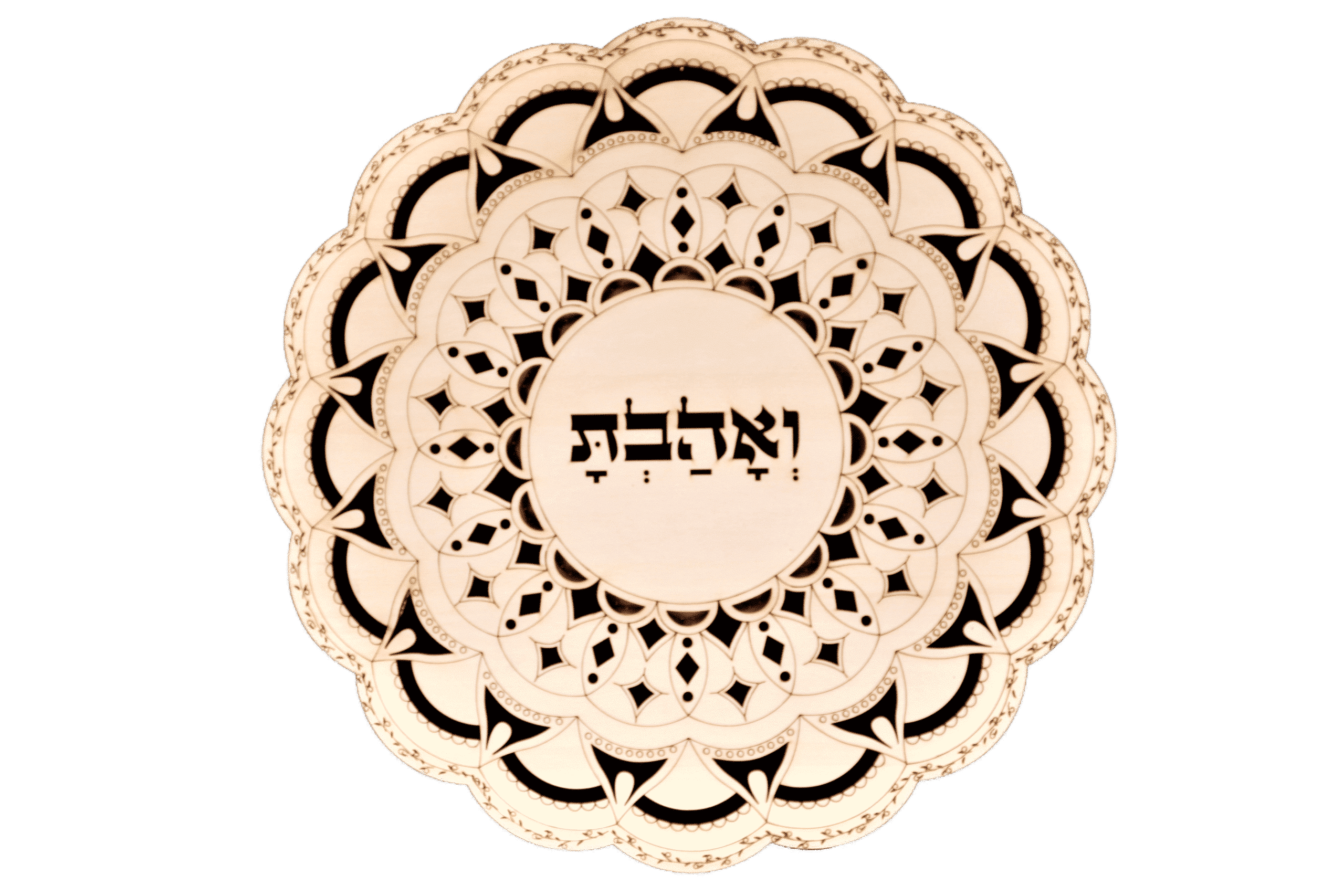
What is Tu B’Av?
Tu B’Av is known in Israel as Hag HaAhava ( חג האהבה). It’s a minor holiday that has become the Jewish Valentine’s Day. The tradition is catching on in the US. Tu B’Av is a great day for summer weddings, proposals of marriage, the renewal of vows and romantic dinners.
Tu B’Av 2022 begins at sundown on Thursday, 11 August 2022 and ends at nightfall on Friday, 12 August.
Modern Jewish Art
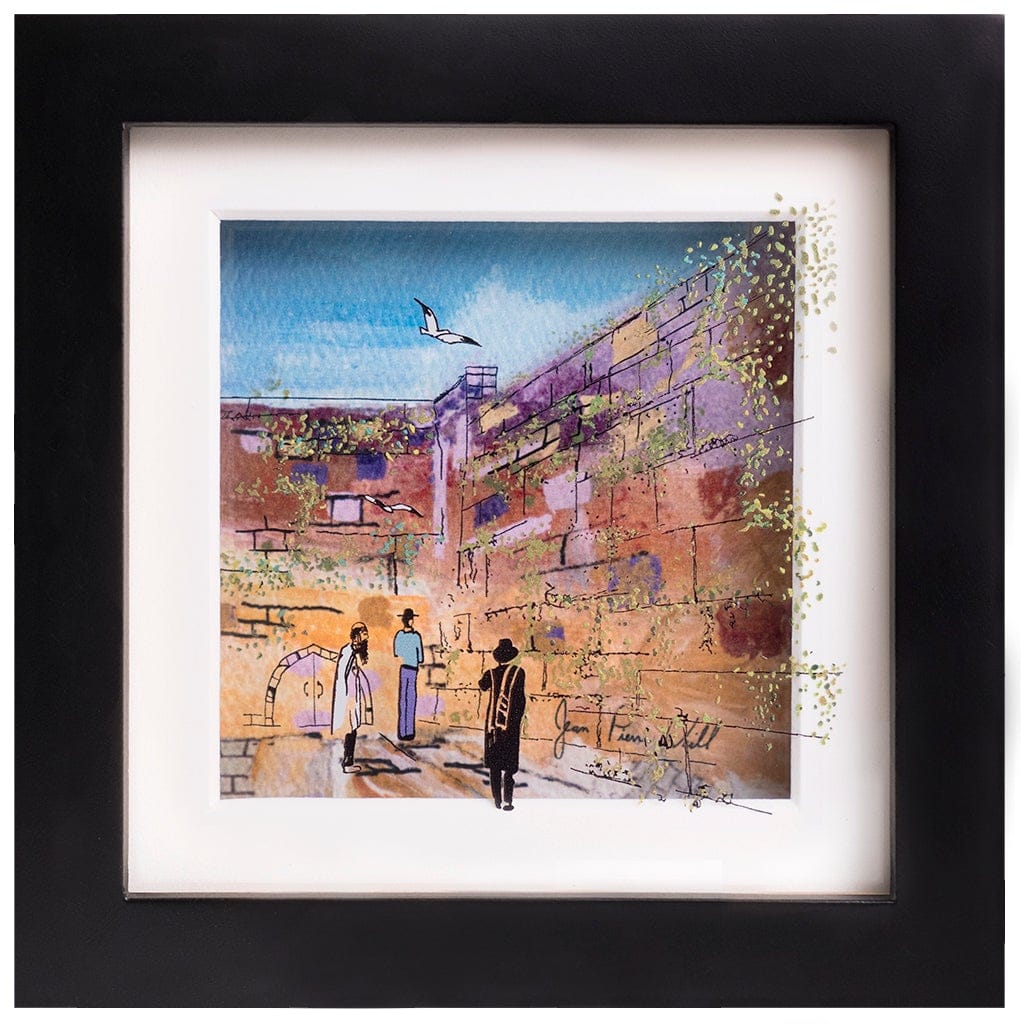
Cities like Jerusalem and Safed are a huge source of inspiration for modern Israeli artists and are a recurring theme in modern Jewish art. Gitty Fuchs is well known for her enigmatic and compelling portrayals of Jerusalem. The Jerusalem Gate painting drew widespread acclaim. Another contemporary Israel artist who is inspired by the holy city of Jerusalem is Menucha Yankelovich. He is often referred to simply as the Painter of Jerusalem and has a connection to the city, and its history, that borders on the mystical.
Israel is producing some outstanding modern painters, but their mediums aren’t limited to traditional canvases. Artists like Jean Piere Weill use bold colors to create 3D paintings on multiple layers of glass. Israeli artists love to experiment with mediums and materials and aren’t bound by styles and conventions. Other artists paint on wood or preserve ancient traditions by working as scribes on parchment.
There is a growing market for modern Jewish art and people in the US are buying Israeli paintings both to hang as decorations and as an investment. An oil painting of the Wailing Wall, a watercolor of a beautiful Israeli landscape, or an abstract portrayal of ancient Jewish traditions can become a treasured family item. Appreciation of modern Jewish art is a great way to maintain a spiritual connection to Israel – and to thousands of years of Jewish heritage.
Abstract Jewish Art
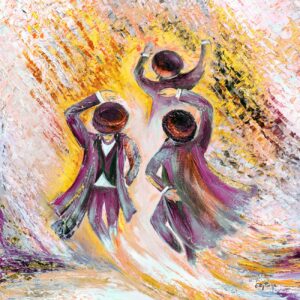
You can buy abstract Jewish art online at ICOJ and choose from the works of some of Israel’s most exciting contemporary painters and artists.
Modern Israeli Abstract Artists
Artists who explore abstract Jewish art in their work are renowned for their vivid personal interpretations of Jewish cultural themes and their everyday surroundings. It’s worth noting that in a country like Israel ‘everyday surroundings’ can be spectacular.
You can buy original signed abstract canvases, or high quality artist prints. The best paintings will stimulate and challenge your perceptions over an entire lifetime. Israel’s modern abstract artists come closest to capturing the ancient spirituality and mysticism that endures at the heart of 21st century Israel. It’s impossible to look at paintings by artists like Gitty Fuchs and Menucha Yankelevich and not be intrigued on a profound level.

